Previous ASME Award Winner
Recent Departmental Runner Up Awards
Capstone Design Projects
Animal Care Processing Project (ACCP)
2024-2025 - Spring
Team: 42

Unmanned Aerial Systems Hybrid Powertrain Testbed
2024-2025 - Winter
Team: 3
Team Members
Daniel Cruz-Espada
Jason Holtkamp
Joud Bukhari
Kenneth Su
Shivharsh Kand
Ziad Gari
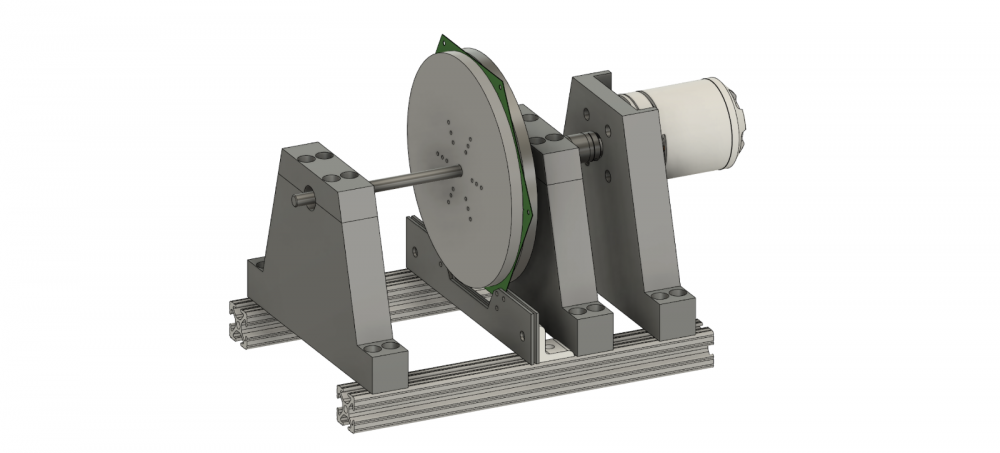
Jacobs Hall Clock Revival
2024-2025 - Spring
Team: 33
Team Members
Jonathan Dela Cruz
Irving Ding
Fatima Fazli
Fernando Gochicoa
Lacey Potter
Random Positioning Machine 2.0
2024-2025 - Spring
Team: 31
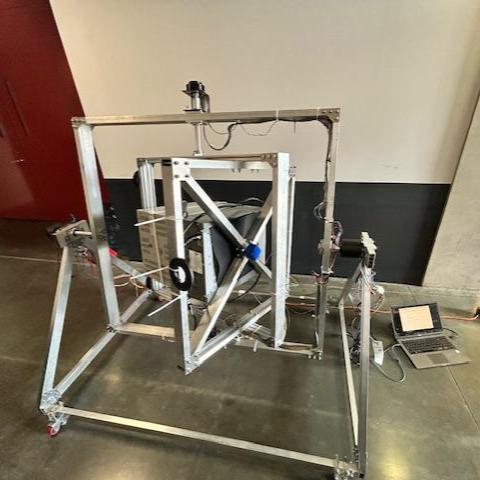
Quantum Engineered Nano Device
2024-2025 - Spring
Team: 4
Team Members
Scott Ceklarz
Kalie Garcia
Satchin Narasimhan
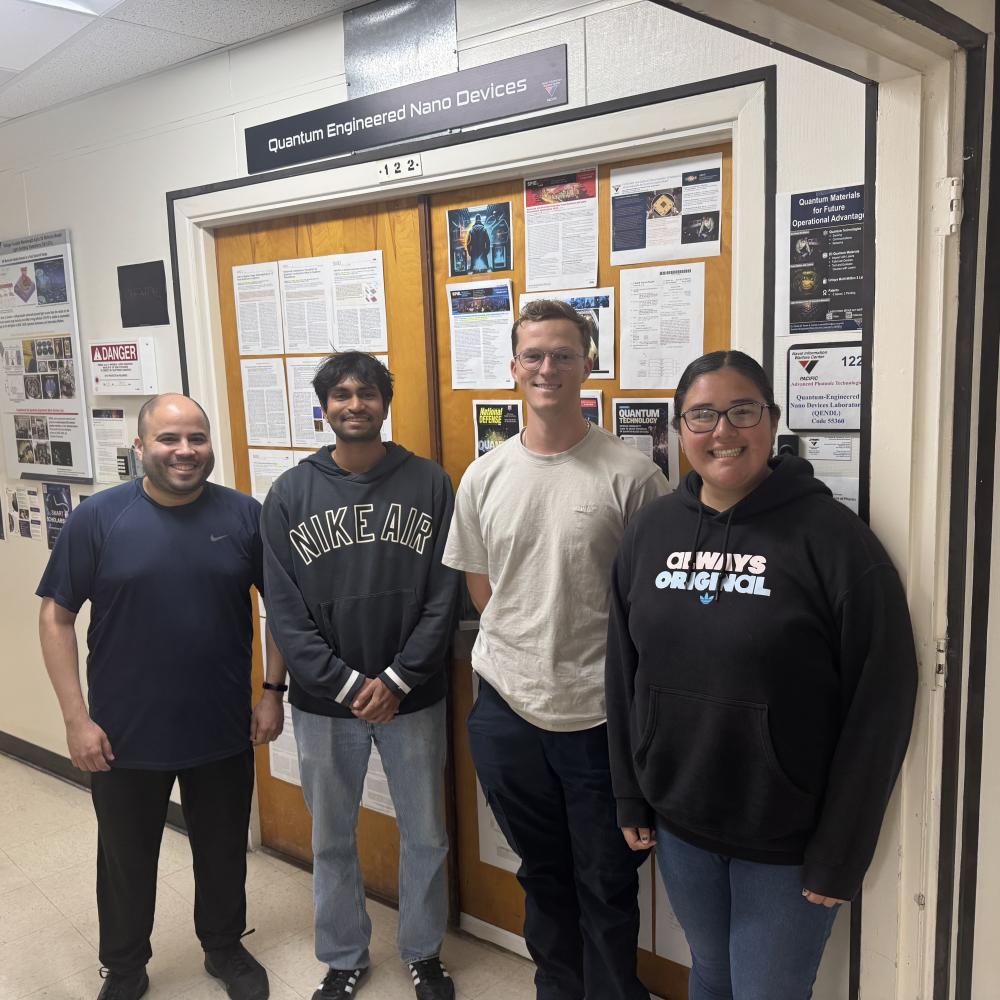
MRI Stereo
2024-2025 - Spring
Team: 5
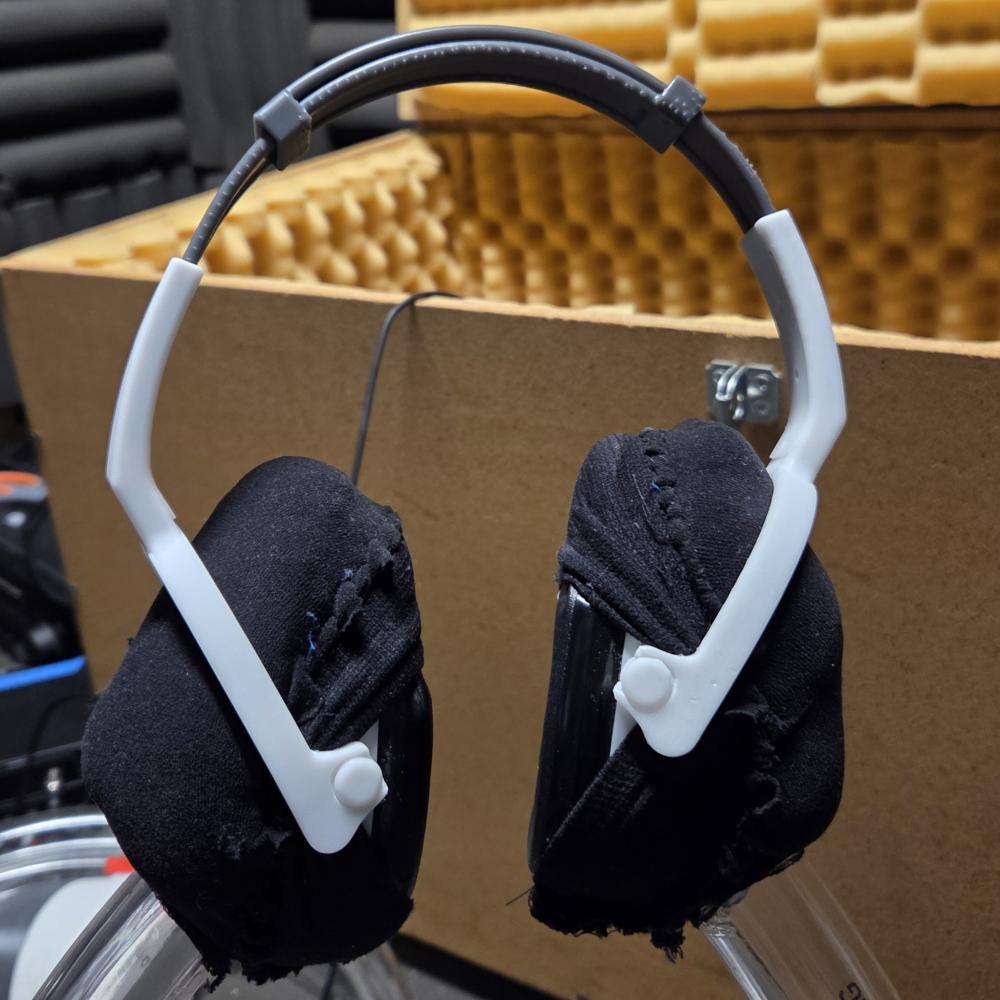
Antibiofouling System for Moored Marine Instruments
2024-2025 - Spring
Team: 23
Triton-Ai Racquet Ball Launcher Magazine and Control
2024-2025 - Spring
Team: 34
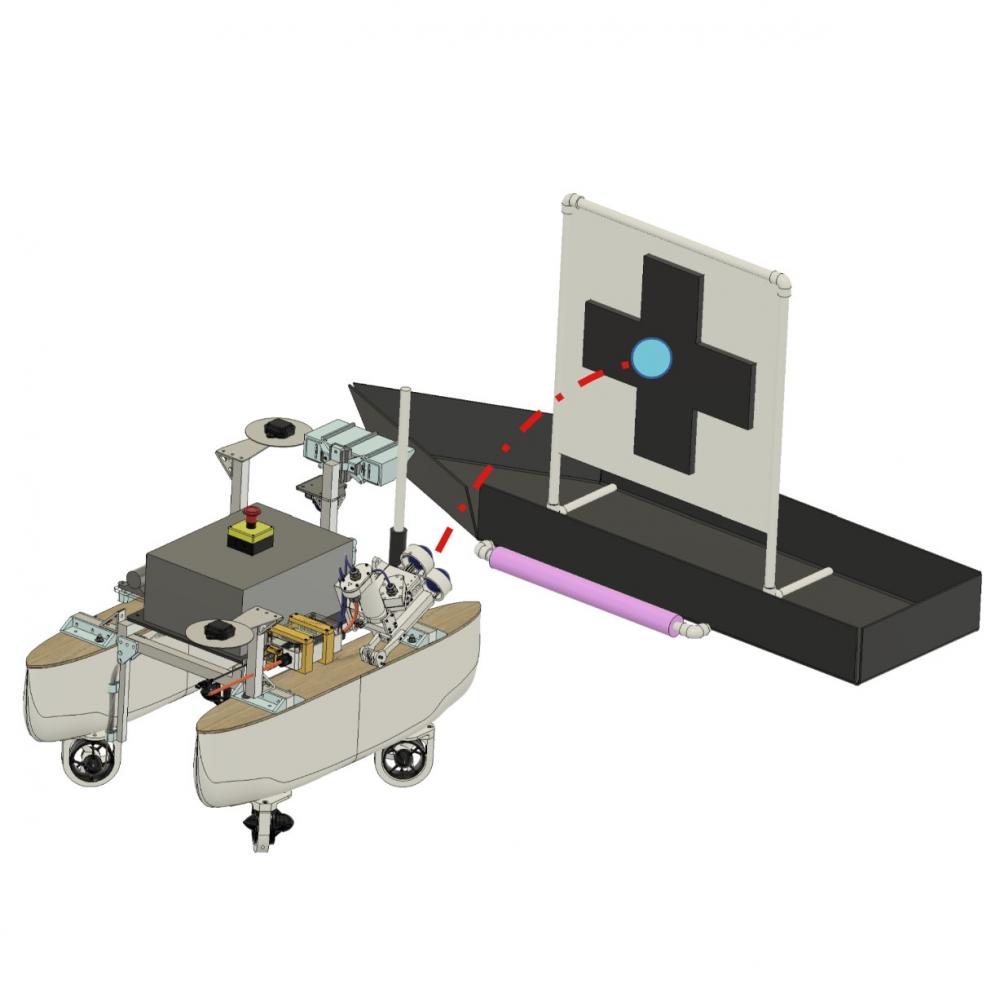
Regenerative Trailer Braking System
2024-2025 - Spring
Team: 3
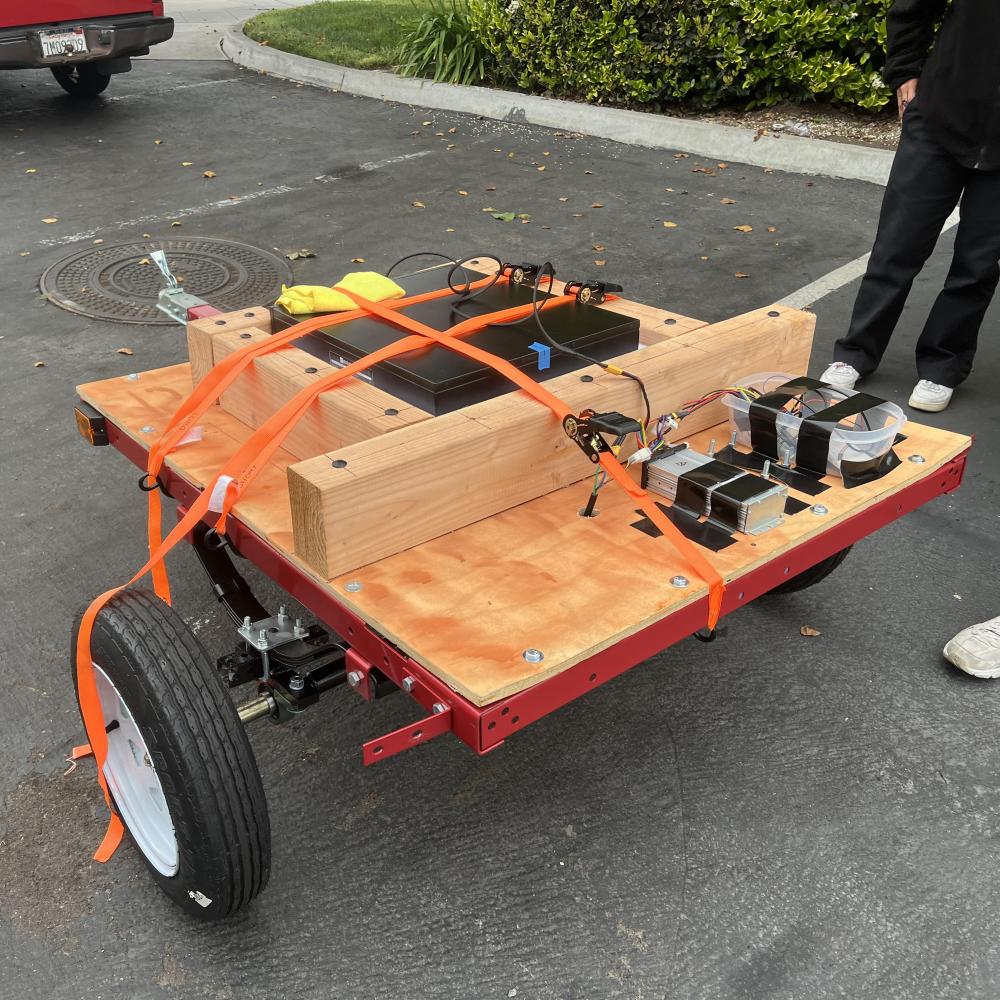
Solar Wind Tunnel
2024-2025 - Spring
Team: 32
Team Members
Benjamin Marsden
David Bori
Max Gonsalves
Rachel Gillespie

Manual In-Pipe Robot Surrogate for Autonomy Development
2024-2025 - Spring
Team: 18
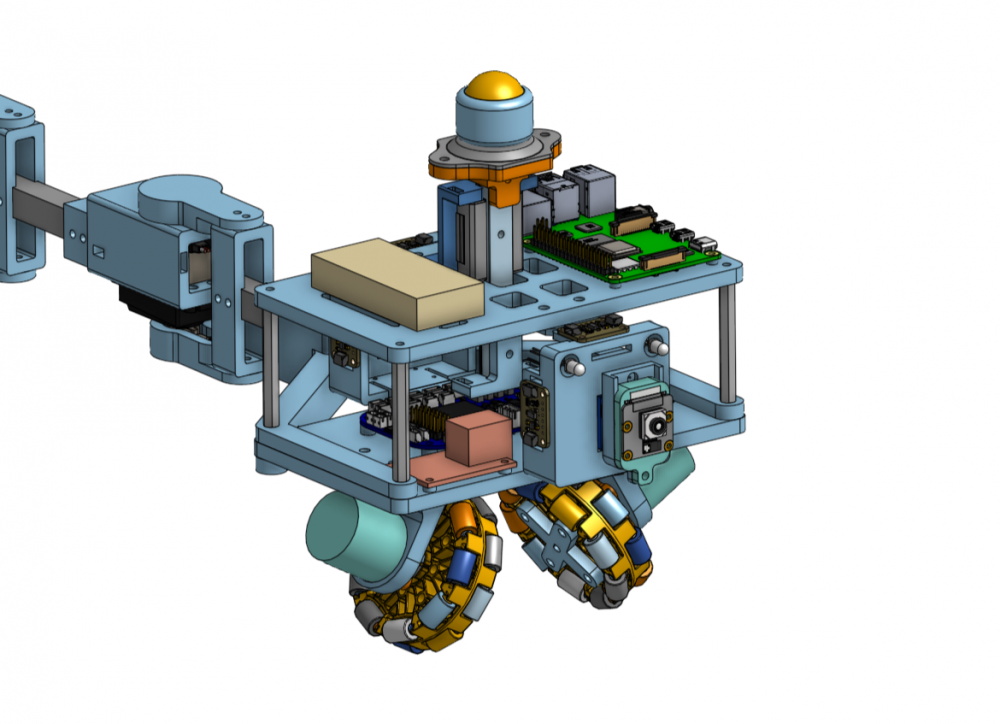
SomnoStay - A Novel Oral Appliance for Obstructive Sleep Apnea
2024-2025 - Spring
Team: 7

ShockE Frame Stiffness Test Fixture
2024-2025 - Spring
Team: 19
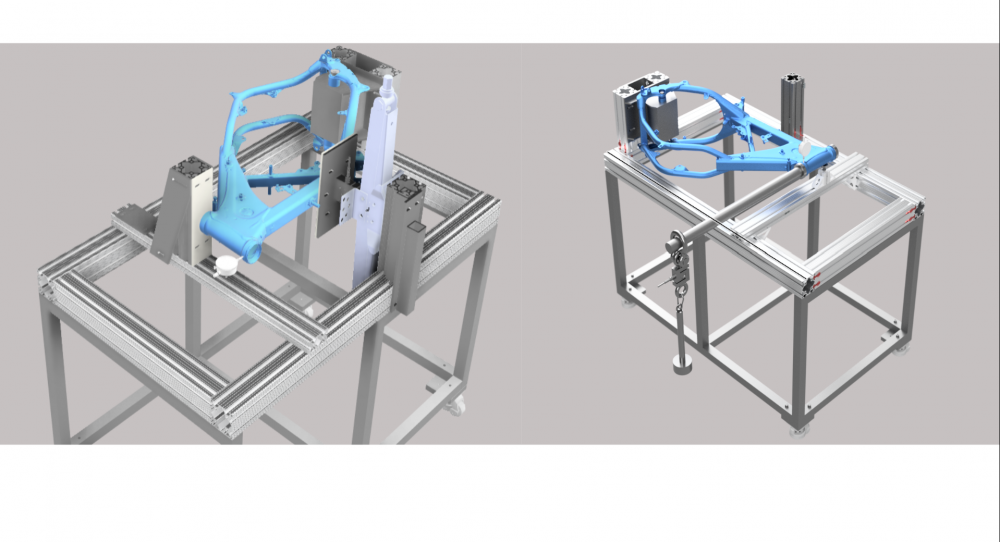
Carbon Blade Carbon Capture
2024-2025 - Spring
Team: 15
Team Members
Ian Cosgrove
Charlie Frank
Juncheng Li
Alexandra Rodriguez
Konrad Stromayer

Automated Cognitive Touchscreen Training System for Mice
2024-2025 - Winter
Team: 8
GA - Foam Shell Culling Station
2024-2025 - Winter
Team: 1
Team Members
Tobin Boshaw
Matthew Pope
Collin Huang
Samuel Hasegawa
Kenny Ochoa
Brandon Lopez


Endovascular Device for Rapid Blood Clot Removal
2024-2025 - Winter
Team: 12

Sample Throughput Optimization for Thermal Desorption Spectroscopy
2024-2025 - Winter
Team: 15
Team Members
Ethan Greene
Jamie Lee
Saul Rios
Leo Serbinov
Vedanth Talla
Brayden Wong
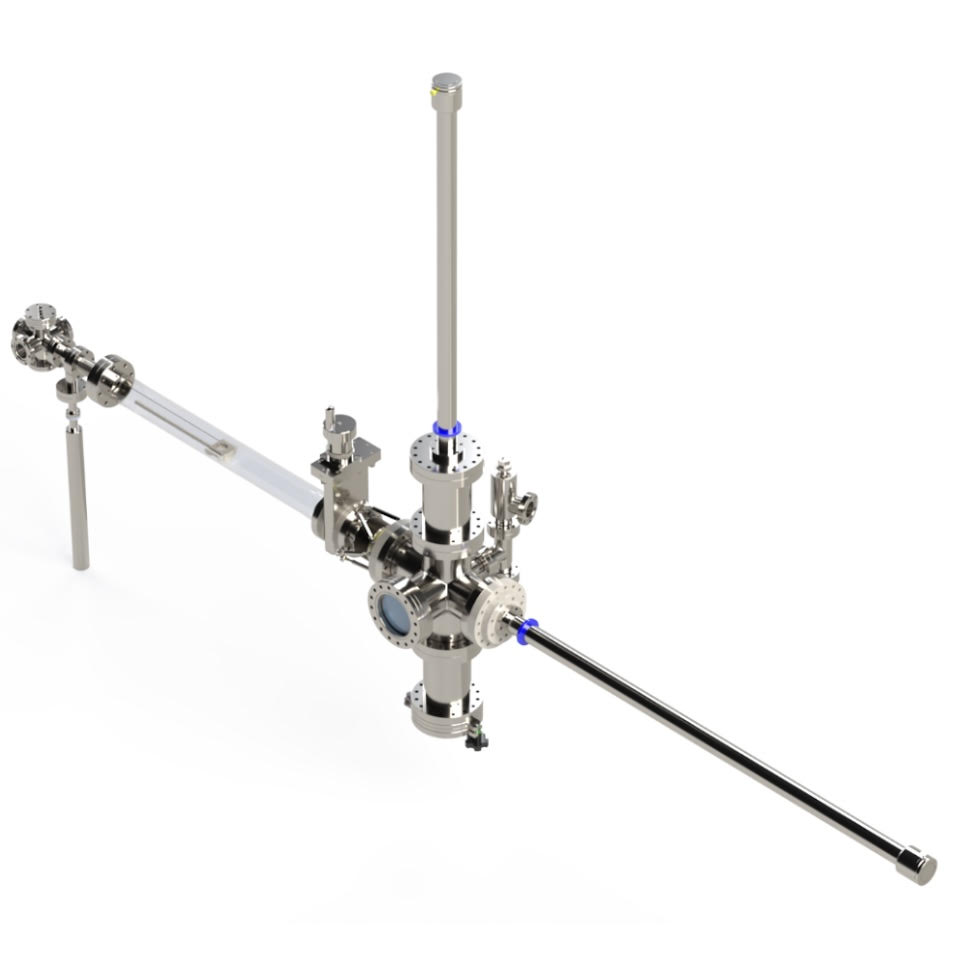
Acoustic Modem Integration onto Wave Glider USV
2024-2025 - Winter
Team: 16
Outdoor Low Power Measurement Equipment Enclosure (ENTS Enclosure)
2024-2025 - Winter
Team: 11
Team Members
Fayza Elshafie
David Fisher
Michael Gonzalez
Benny La
Elliot Snyder
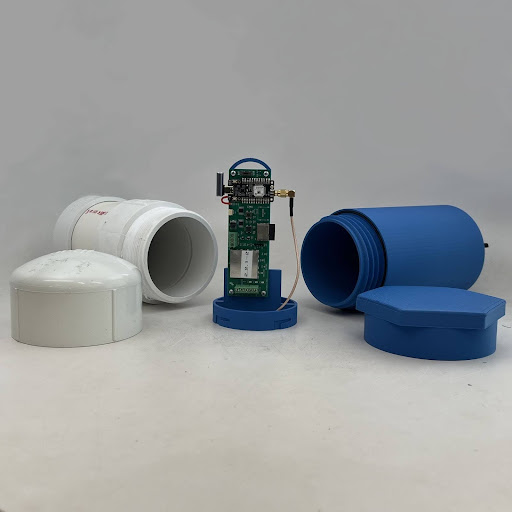
LightLok - Burn Prevention
2024-2025 - Winter
Team: 13
Halo Helmet Platform
2024-2025 - Winter
Team: 9
This project introduces a helmet-integrated roll cage that redistributes impact forces away from the head and neck. Anchored to the upper body via a harness, the system disperses forces more effectively, reducing the risk of traumatic brain and spinal injuries.
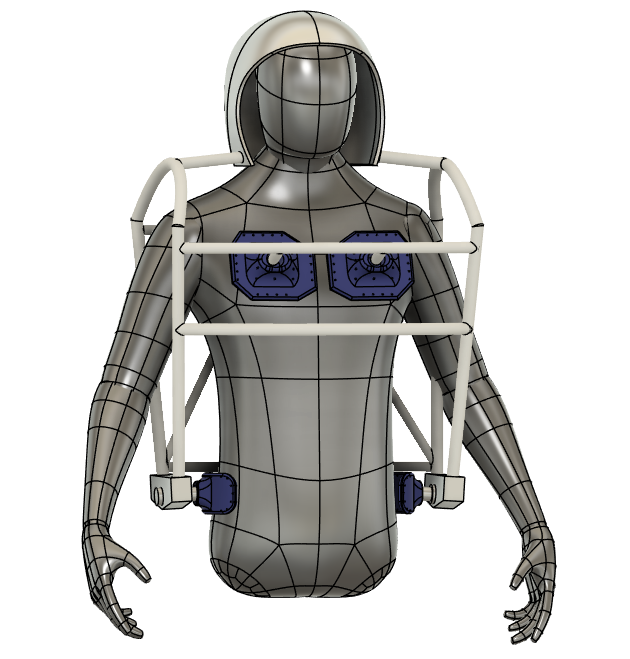
Endoscopic Multiload Clip Applier
2024-2025 - Winter
Team: 5
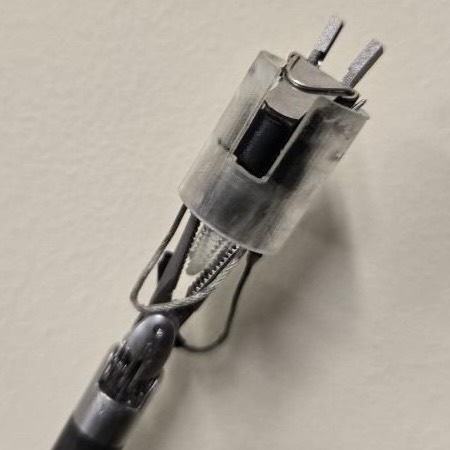
KangaMove Parental Skin-to-skin Contact Support
2024-2025 - Winter
Team: 7

Automated Tracheal Cuff Pump
2024-2025 - Winter
Team: 6

Flow Enabled Energy Generation Device
2024-2025 - Winter
Team: 4
Team Members
Ashley Campbell
Maime Grace Barnard
Gabrielle Scott
Markus Gokan
Justin Kwak
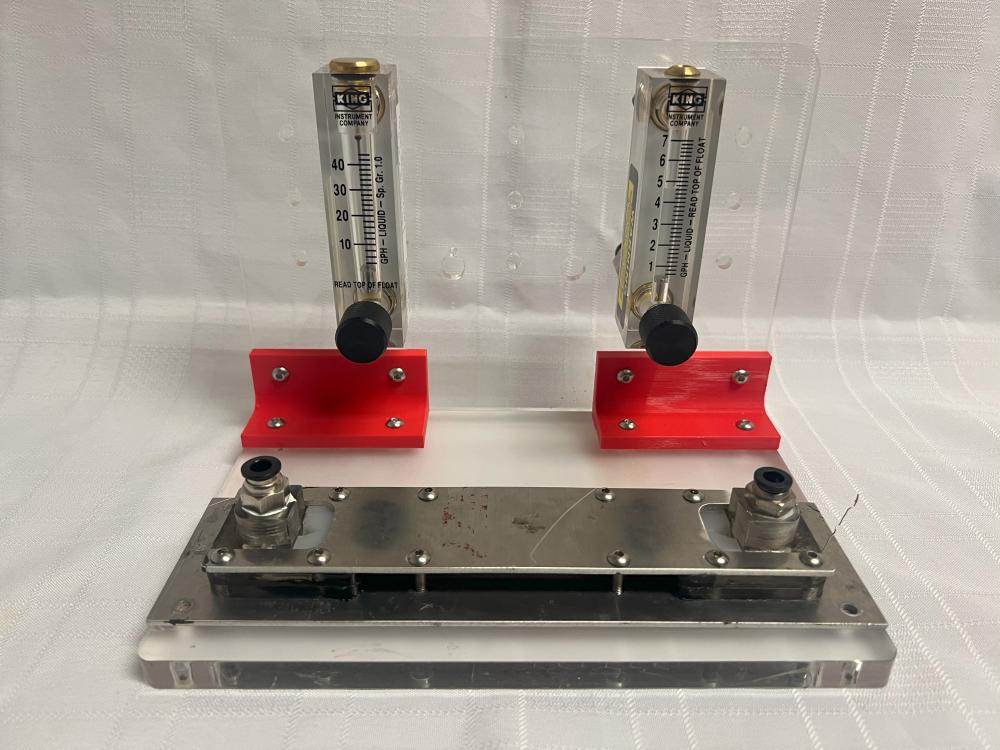
UCSD Med Low Cost Microsurgery Instruments
2024-2025 - Spring
Team: 14

Material Transfer Cleaning
2024-2025 - Winter
Team: 2

Automated Graphene Transfer
2024-2025 - Winter
Team: 14





















